Uttarakhand Glacier Burst: 2019 study had warned of Himalayan glaciers melting
By Lokmat English Desk | Published: February 8, 2021 08:00 PM2021-02-08T20:00:00+5:302021-02-08T20:00:00+5:30

A part of the Nanda Devi glacier broke off in Uttarakhand’s Chamoli district on Sunday, leading to massive floods, recalling a 2019 study that warned about the dangers of climate change and said Himalayan glaciers have been melting twice as fast since the start of this century.

The glacier collapse at Joshimath led to a massive flood in the Alaknanda river system and caused large-scale devastation in the upper reaches of the ecologically fragile Himalayas.
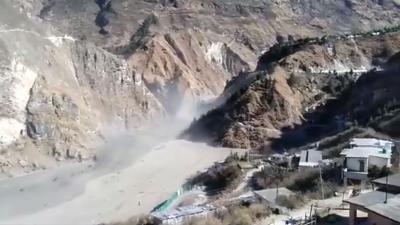
Two years earlier in June 2019, a study spanning 40 years of satellite observations across India, China, Nepal and Bhutan, indicated that climate change is eating the Himalayas glaciers.
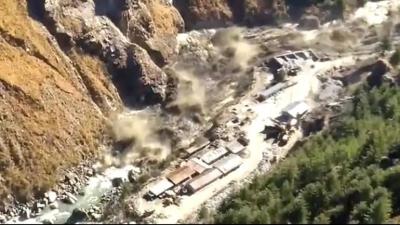
The study, published in the journal Science Advances in June 2019, shows that glaciers have been losing the equivalent of more than a vertical foot and half of ice each year since 2000 — double the amount of melting that took place from 1975 to 2000.
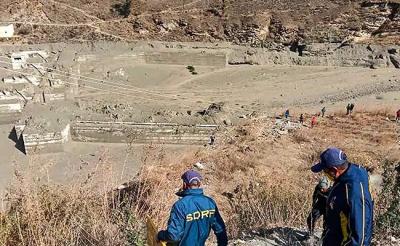
“This is the clearest picture yet of how fast Himalayan glaciers are melting over this time interval, and why,” said Joshua Maurer, a PhD candidate at Columbia University in the US.

While not specifically calculated in the study, the glaciers may have lost as much as a quarter of their enormous mass over the last four decades, said Maurer, lead author of the study.
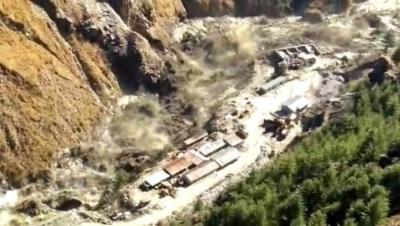
The study synthesized data from across the region, stretching from early satellite observations to the present.
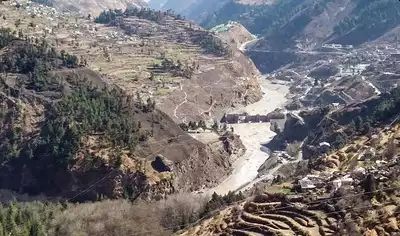
The data indicates that the melting is consistent in time and space and that rising temperatures are to blame, the researchers said.
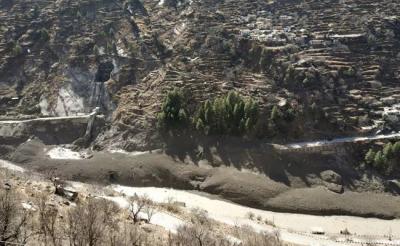
Temperatures vary from place to place, but from 2000 to 2016 they have averaged one degree Celsius higher than those from 1975 to 2000, they said. "Heavy construction work in the fragile eco-sensitive zones should be avoided," Avinash Chanchal, senior climate and energy campaigner, Greenpeace India said.
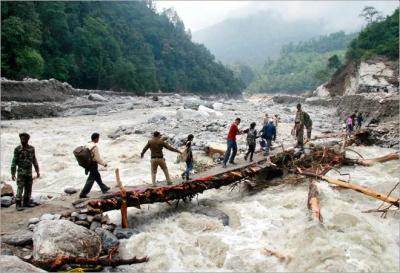
Researchers analyzed repeat satellite images of some 650 glaciers spanning 2,000 kilometers from west to east. "It is an unfortunate incident. Our thoughts are with the missing construction workers and affected people of Uttarakhand. While the exact cause of this incident is yet to be ascertained and needs an honest investigation, it is evident that increasing human interventions in the ecologically sensitive Himalayan regions are making it more vulnerable to climate change."





















